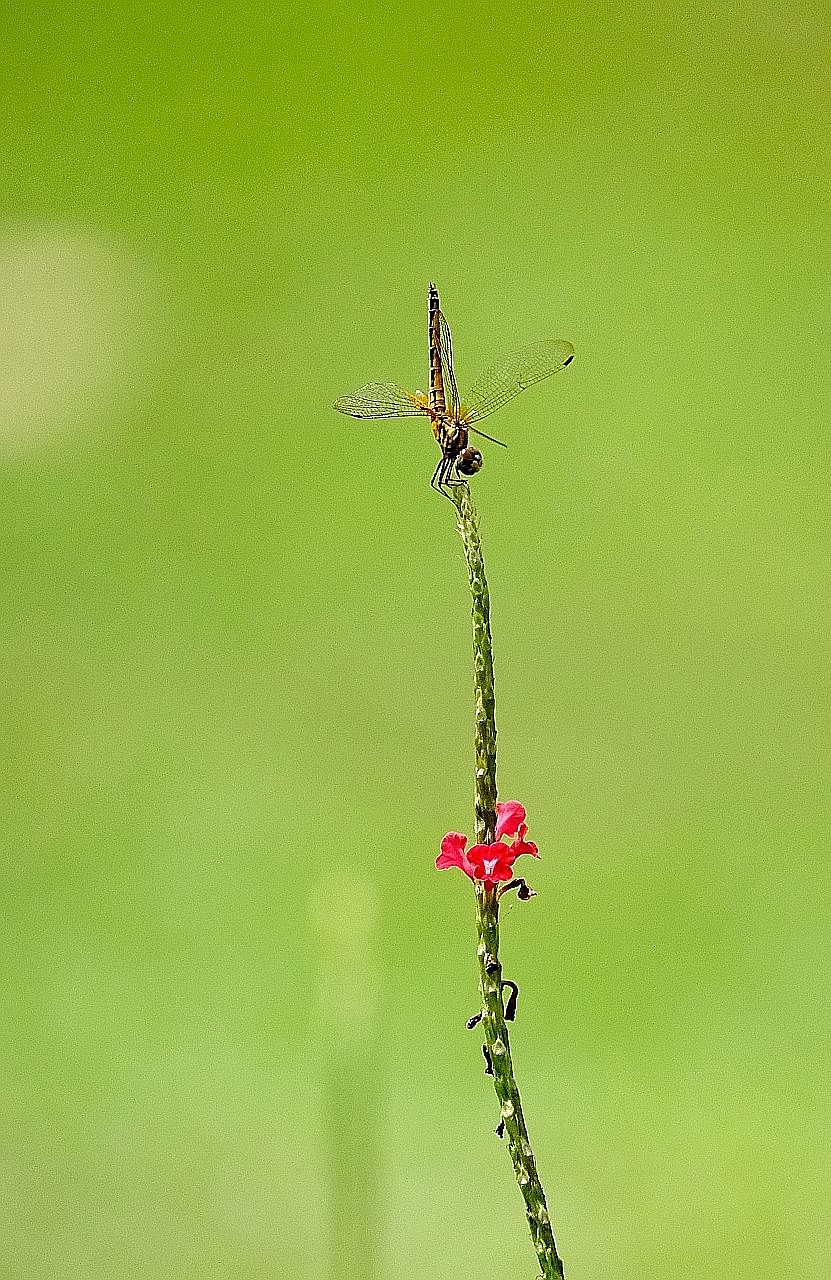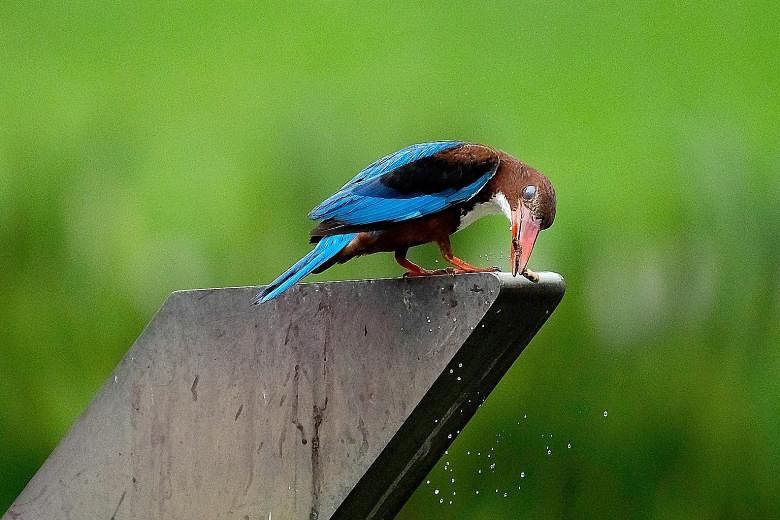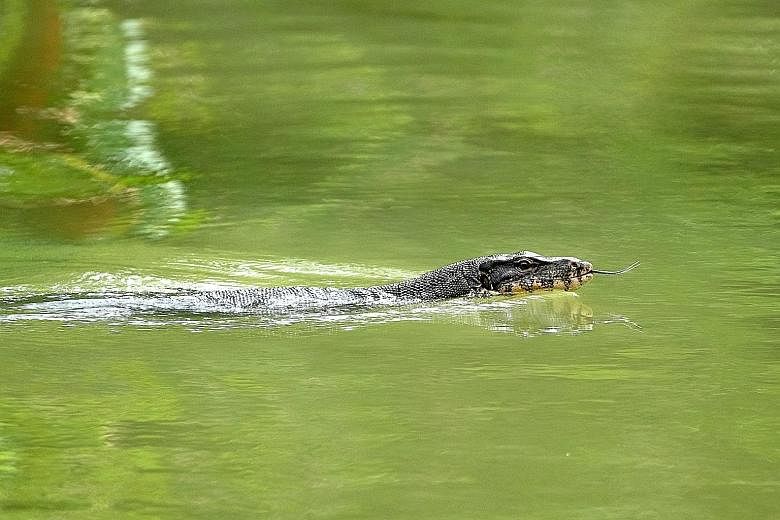Singapore might be an urban jungle. However, if you look closely enough, you will find plenty of wildlife in our midst to capture with your camera. Trevor Tan has some tips that will help even novices start photographing those elusive animals.
TELEPHOTO LENS
First, you need a telephoto lens, such as the Fujinon XF 100-400mm f/4.5-5.6 R LM OIS WR.
With the 1.52x crop factor of Fujifilm X-Pro2's image sensor, it translates to 152-608mm in 35mm film equivalent. This long focal range allows you to photograph wildlife from afar without disturbing them.
MANUAL METERING
Backlight and the animals' dark fur or feathers can cause problems for your camera's metering. Use manual metering instead.

When you get to a scene, try getting a neutral lighting exposure by pointing the lens at a grey rock or a branch with green leaves.
However, be flexible. There are times when you need to over-expose or under-expose a frame. Practice - with a bit of luck - makes perfect.
LOCAL AREAS OF INTEREST
You do not need to travel all the way to Sungei Buloh Nature Reserve to photograph wildlife, though that is always a great place to start. The Botanic Gardens, MacRitchie Reservoir, Upper Peirce Reservoir and Tampines Eco Green are good places for wildlife photography too.
Tip 1: Keep shooting: I saw this white-throated kingfisher too late, as it had already caught the worm. But I kept on shooting and captured it adjusting its prey's position in its beak.
Camera: Fujifilm X-Pro2
Focal length: 600mm
Aperture: f/5.6
Shutter speed: 1/1000
ISO: 1,600
Tip 2: Be observant: I noticed a ripple in one of the Botanic Garden's lakes and just pointed the camera in the general direction. And I caught this water monitor lizard having an afternoon swim.
Camera: Fujifilm X-Pro2
Focal length: 600mm
Aperture: f/5.6
Shutter speed: 1/4000
ISO: 1,600
Tip 3: Compose your shot: Basic composition rules, such as the rule of two-thirds, still hold in wildlife photography. The main subject does not always need to be smack in the middle. Here, I captured the dragonfly perched on top of a plant, instead of a close- up shot of the insect.
Camera: Fujifilm X-Pro2
Focal length: 600mm
Aperture: f/5.6
Shutter speed: 1/8000
ISO: 1,600
Brought to you by




